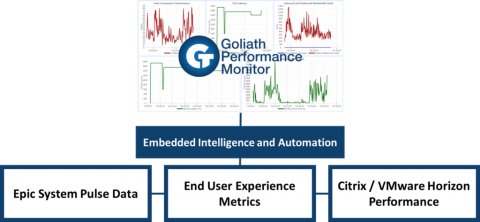Operations | Monitoring | ITSM | DevOps | Cloud
%term
Troubleshooting Insights for Success Within your Epic Deployment
Healthcare organizations that deploy Epic to support the patients that they see every day have a responsibility to ensure that Epic is always online and performing well. Take for example, a hospital that uses Epic for all its patient services to keep the patients healthy and to ensure their safety Epic needs to be online 24×7. Monitoring and troubleshooting both the underlying infrastructure and Epic are critical to ensuring patients get the care they need.
Sensu Community Chat: October 2018 Edition
Using t2.unlimited to Increase Packet Limitations
I set out to find a credit mechanism or hard-coded limit in packets per second in AWS EC2. After all my findings set out in this series so far, I had one more test to perform around t2.unlimited. I wanted to see how “unlimited” it is and the difference it makes in packet throughput on capable instance types. This post is about my findings.
Building a resilient cybersecurity strategy for 2019 - Part 1
Building a resilient cybersecurity strategy for 2019 - Part 2
Using Logs for Troubleshooting
Logz.io - Who We Are and What We Do
Setting Up Application Performance Monitoring with the ELK Stack and Logz.io
Application Performance Monitoring, aka APM, is one of the most common methods used by engineers today to measure the availability, response times and behavior of applications and services. There are a variety of APM solutions in the market but if you’re familiar with the ELK Stack or are a Logz.io user, this article describes using a relatively new open source-based solution — Elastic APM.











